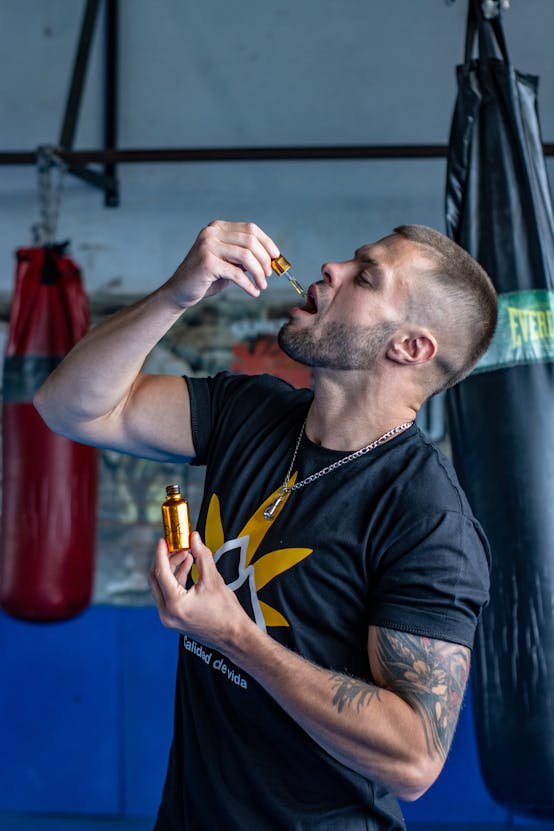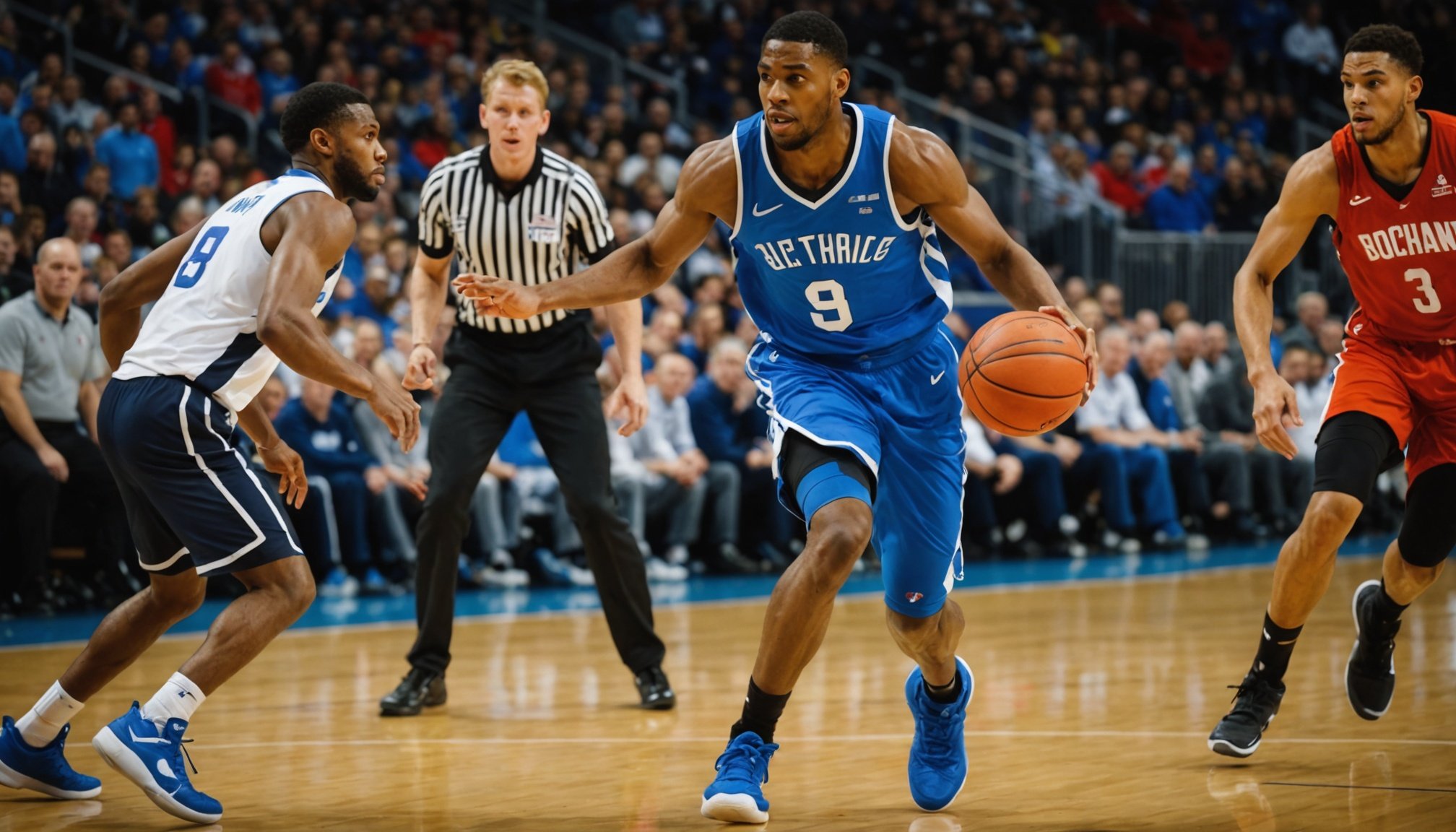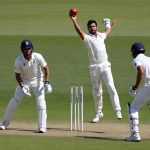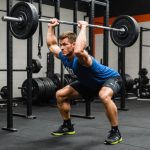Top Strategies for UK Basketball Players to Prevent Overuse Injuries and Stay at Peak Performance
Understanding the Risk of Injuries in Basketball
Basketball is a high-intensity sport that demands a lot from its players, both physically and mentally. The fast-paced nature of the game, combined with the repetitive movements involved, makes basketball players particularly susceptible to overuse injuries. According to a study on elite athletes, injuries and illnesses are major determinants of an athlete’s chance of achieving performance goals[3].
Common Injuries in Basketball
Basketball players are prone to a variety of injuries, but some of the most common include:
In the same genre : Unlocking Explosive Power: A Guide for UK Basketball Players to Harness Plyometrics
- Ankle Sprains: Due to the quick changes in direction and jumping involved in the game.
- Knee Injuries: Including ACL tears and patellar tendinitis.
- Shin Splints: Caused by repetitive running and jumping.
- Soft Tissue Injuries: Such as muscle strains and tendonitis.
Proper Training and Conditioning
Effective training and conditioning are crucial for preventing overuse injuries and maintaining peak performance. Here are some key strategies:
Periodized Training
Periodized training involves structuring your training into specific phases, each with a different focus. For example:
Additional reading : Boosting Mental Performance: The Role of Meditation for UK Basketball Players
- Off-Season: Focus on strength and conditioning to build a solid foundation.
- Pre-Season: Increase the intensity of training to simulate game conditions.
- In-Season: Maintain fitness levels while allowing for recovery time.
Balanced Training Loads
It is essential to balance training loads to avoid overtraining. This includes:
- Gradual Increase in Intensity: Avoid sudden spikes in training intensity to give your body time to adapt.
- Rest and Recovery Days: Include regular rest days to allow your muscles to recover.
- Cross-Training: Incorporate other forms of exercise, such as swimming or cycling, to reduce the repetitive stress on specific muscles.
Injury Prevention Strategies
Several specific strategies can help basketball players prevent overuse injuries:
Warm-Up and Cool-Down Routines
Proper warm-up and cool-down routines are vital for preventing injuries.
-
Warm-Up:
-
Light cardio such as jogging or jumping jacks
-
Dynamic stretching like leg swings and arm circles
-
Muscle activation exercises to engage core and glutes
-
Cool-Down:
-
Static stretching to improve flexibility
-
Foam rolling or self-myofascial release to reduce muscle tension
-
Gentle cardio to gradually lower heart rate
Use of Proper Equipment
Using the right equipment can significantly reduce the risk of injury.
- Basketball Shoes: Choose shoes that offer robust ankle support, a sturdy outer sole for superior traction, and breathable materials for comfort. For example, the PEAK Streetball Master shoes are highly praised for their excellent ankle support and durability[2].
Strength and Conditioning Exercises
Incorporating strength and conditioning exercises into your training can help prevent injuries by strengthening muscles and improving overall physical resilience.
- Lower Body Strength: Squats, lunges, and deadlifts to strengthen legs and glutes.
- Core Strength: Planks, Russian twists, and leg raises to improve core stability.
- Upper Body Strength: Push-ups, pull-ups, and dumbbell rows to enhance overall upper body strength.
Recovery Strategies
Recovery is just as important as training when it comes to maintaining peak performance and preventing injuries.
Rest and Sleep
Adequate rest and sleep are crucial for muscle recovery and repair.
- Ensure 7-9 Hours of Sleep: This allows your body to fully recover from the day’s activities.
- Naps: Short naps during the day can help with recovery, especially after intense training sessions.
Nutrition and Hydration
Proper nutrition and hydration are essential for fueling your body and aiding in recovery.
- Balanced Diet: Include a mix of proteins, carbohydrates, and healthy fats to provide energy and support muscle repair.
- Hydration: Drink plenty of water throughout the day, especially before, during, and after training sessions.
Active Recovery Techniques
Active recovery techniques can help improve blood flow and reduce muscle soreness.
- Light Cardio: Activities like cycling or swimming can help promote blood flow without putting excessive strain on muscles.
- Massage and Foam Rolling: These techniques can help reduce muscle tension and improve recovery.
Mental Preparation and Stress Management
Mental preparation and stress management are often overlooked but are critical components of injury prevention and peak performance.
Mindfulness and Meditation
Practicing mindfulness and meditation can help reduce stress and improve focus.
- Regular Sessions: Incorporate short mindfulness sessions into your daily routine.
- Breathing Exercises: Deep breathing exercises can help calm the mind and reduce stress.
Positive Self-Talk and Visualization
Positive self-talk and visualization can enhance mental resilience and performance.
- Positive Affirmations: Use positive affirmations to boost confidence and motivation.
- Visualization Techniques: Visualize yourself performing well on the court to build mental toughness.
Practical Advice and Examples
Here are some practical tips and examples to help you implement these strategies:
Example Training Schedule
| Day | Morning Session | Afternoon Session | Evening Session |
|---|---|---|---|
| Monday | Strength Training (Lower Body) | Rest and Recovery | Light Cardio (Cycling) |
| Tuesday | Basketball Practice | Cool-Down Routine | Nutrition and Hydration Planning |
| Wednesday | Rest and Recovery | Active Recovery (Foam Rolling) | Mindfulness and Meditation |
| Thursday | Strength Training (Upper Body) | Basketball Practice | Review Game Footage |
| Friday | Basketball Practice | Warm-Up Routine | Team Meeting and Strategy |
| Saturday | Game Day | Post-Game Cool-Down Routine | Review Performance |
| Sunday | Rest and Recovery | Active Recovery (Massage) | Plan Next Week’s Training |
Quotes from Experts
- “Injuries and illnesses are major determinants of an athlete’s chance of achieving performance goals. Proper training, recovery, and injury prevention strategies are essential for maintaining peak performance,” says a sports medicine expert.
- “Using the right equipment, such as basketball shoes with robust ankle support, can significantly reduce the risk of injury. It’s about finding the right balance between performance and protection,” notes a sports equipment analyst[2].
Preventing overuse injuries and maintaining peak performance in basketball require a holistic approach that includes proper training, injury prevention strategies, recovery techniques, and mental preparation. By understanding the risks, incorporating balanced training loads, using proper equipment, and focusing on recovery and mental resilience, UK basketball players can significantly reduce their risk of injury and perform at their best.
Detailed Bullet Point List: Key Strategies for Injury Prevention
- Periodized Training: Structure training into phases to avoid overtraining.
- Balanced Training Loads: Gradually increase intensity and include rest days.
- Warm-Up and Cool-Down Routines: Use dynamic stretching and static stretching to improve flexibility and reduce muscle tension.
- Proper Equipment: Choose basketball shoes with robust ankle support and breathable materials.
- Strength and Conditioning Exercises: Incorporate lower body, core, and upper body strength exercises.
- Rest and Sleep: Ensure 7-9 hours of sleep and take short naps if needed.
- Nutrition and Hydration: Maintain a balanced diet and stay hydrated throughout the day.
- Active Recovery Techniques: Use light cardio, massage, and foam rolling to aid in recovery.
- Mental Preparation and Stress Management: Practice mindfulness, meditation, positive self-talk, and visualization techniques.
By following these strategies, basketball players can not only prevent overuse injuries but also maintain the high level of physical and mental performance required to excel in this demanding sport.













